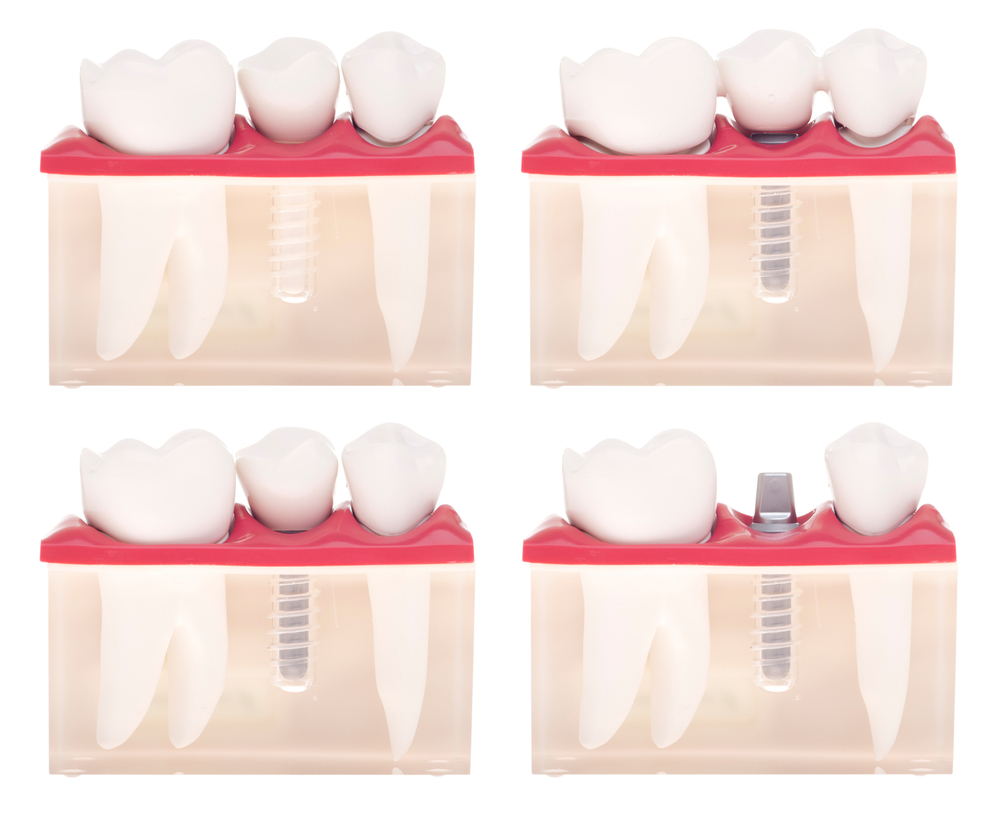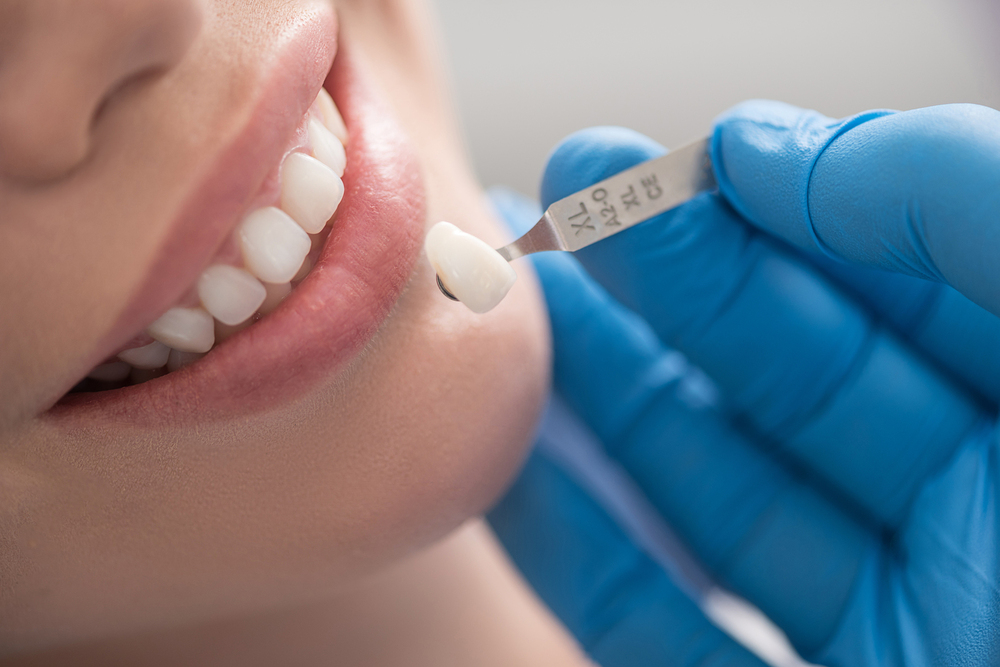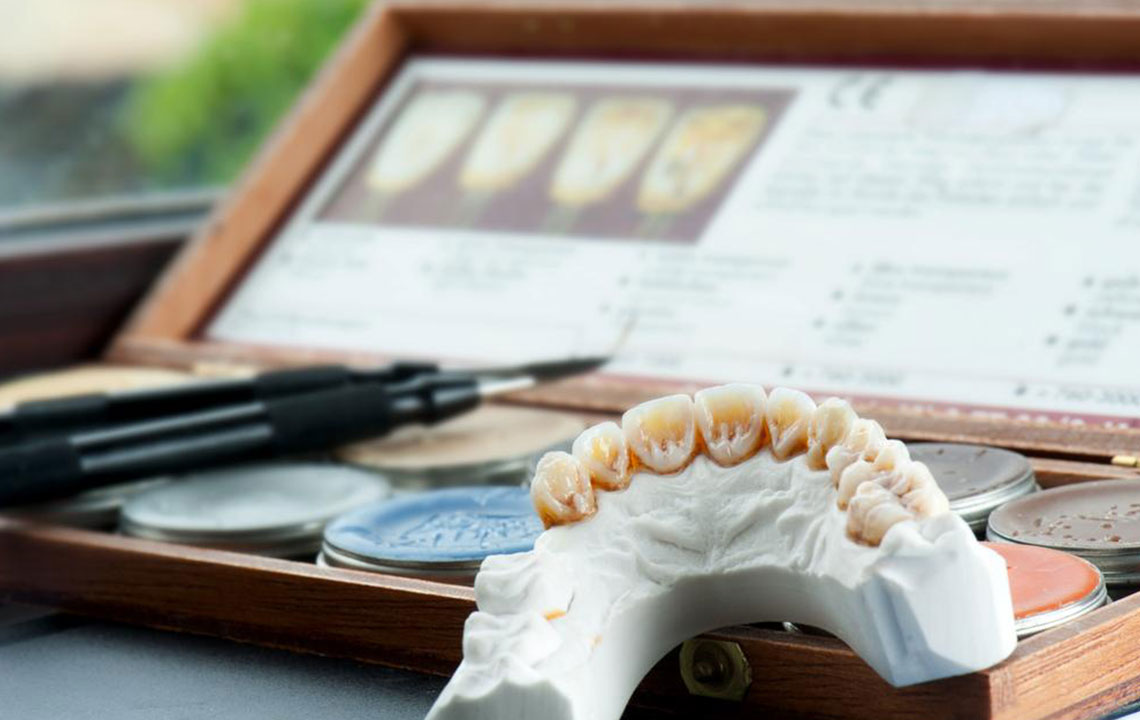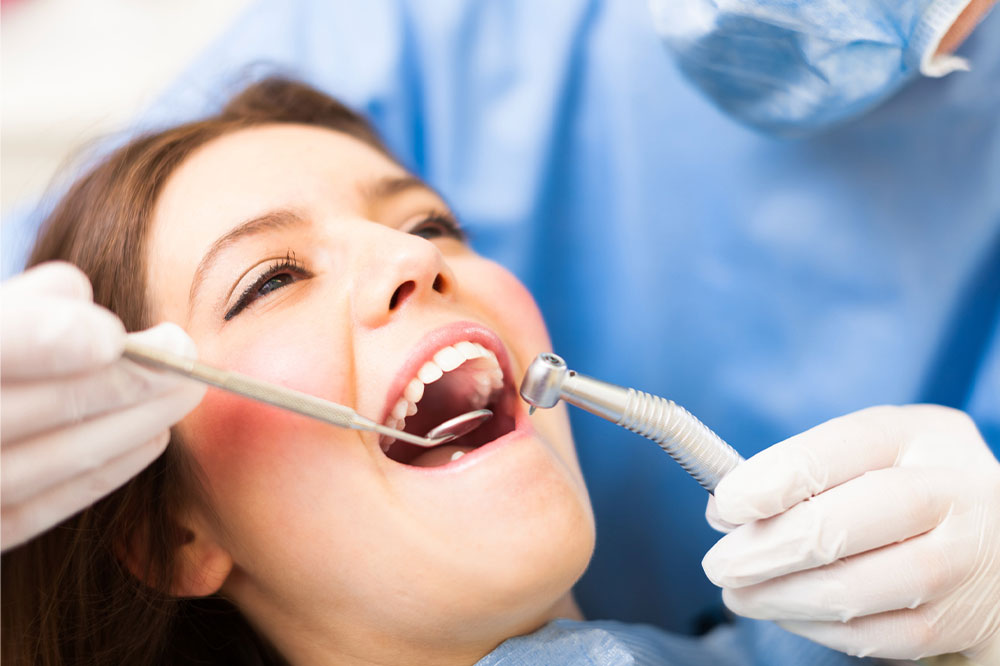Comprehensive Overview of Dental Crowns and Caps: Types, Benefits, and Selection Guide
This comprehensive guide explores the various types of dental crowns and caps, highlighting their materials, benefits, and suitable applications. From aesthetic ceramic options to durable gold and metal alloys, learn how to choose the best dental restoration for your needs. Proper maintenance can extend the lifespan of your crowns, ensuring lasting dental health and a confident smile.

Understanding the Different Types of Dental Crowns and Caps
Dental crowns and caps are essential restorative tools that help repair and protect damaged teeth, restoring their natural appearance and function. Often used in cases of extensive decay, fractures, or after root canal treatments, these prosthetic devices are custom-made to fit over your existing teeth. While general dental maintenance typically includes cleaning, fillings, and bonding, advanced restorative procedures such as crowns and caps play a vital role in maintaining oral health. In this comprehensive guide, we explore the various types of dental crowns and caps, their unique features, benefits, and factors to consider when choosing the best option for your dental needs.
Dental crowns and caps are affixed permanently onto prepared teeth, encasing them completely or partially to restore their shape, size, strength, and appearance. These restorations are typically cemented onto the tooth structure and can be crafted from a variety of materials, each offering distinct advantages tailored to specific clinical situations. The choice of material is critical because it impacts the crown’s durability, aesthetics, compatibility with the surrounding tissues, and overall lifespan.
Let’s delve into the most common types of dental crowns and caps, understanding their structure, benefits, and ideal applications:
Ceramic Crowns
Ceramic crowns are made entirely from porcelain or other ceramic materials, which mimic the natural translucency and color of real teeth. They are particularly prized for their aesthetic appeal, making them the go-to choice for restorations on front teeth that are visible when you smile or talk. These crowns are fabricated to match the shade, shape, and size of your adjacent teeth, ensuring a seamless, natural look. Modern ceramic materials have improved significantly, providing good strength and durability suitable for their aesthetic purpose.
Porcelain Fused to Metal (PFM) Crowns
This classic crown combines the aesthetics of porcelain with the strength of a metal substructure. The porcelain layer is bonded directly over a metal alloy core, providing enhanced durability and crack resistance. PFM crowns are versatile and suitable for both anterior (front) and posterior (back) teeth, especially when a combination of strength and esthetics is needed. Although they may sometimes show a metal margin at the gum line, advances in technology have minimized this concern, and they remain a popular choice among dentists and patients alike.
Gold Alloy Crowns
Gold crowns are renowned for their exceptional durability and biocompatibility. Crafted from high-quality gold alloy, these crowns offer maximum strength and resistance to wear and fracture. Gold crowns are gentle on natural tooth structures and adjacent tissues, making them ideal for back molars where biting force is significant. Their longevity means they can last for decades with proper maintenance. Additionally, their soft metal composition means they are less abrasive to opposing teeth, preserving overall oral health.
Base Metal Alloy Crowns
Constructed from non-noble, corrosion-resistant metal alloys such as nickel, chromium, or cobalt, base metal crowns are a cost-effective yet durable restorative option. These crowns are highly resistant to tarnish and corrosion, making them especially suitable for patients with sensitivities or allergies to other metals. Although they may not match the aesthetic appeal of porcelain or ceramic crowns, their strength makes them an excellent choice for molars and other heavily stressed teeth. They can be fabricated quickly and are often used in practices that require prompt restoration solutions.
Deciding on the appropriate crown material involves considering factors such as the location of the tooth, bite force, aesthetic expectations, and budget. While gold and metal alloys generally provide superior strength and longevity, porcelain and ceramic crowns excel in beauty and blending seamlessly with natural teeth. Ultimately, the right choice will depend on your specific dental needs, lifestyle, and oral health status.
Proper dental care, including regular check-ups and good oral hygiene, can significantly extend the lifespan of crowns and caps. Routine cleaning, avoiding hard or sticky foods, and timely dental visits are vital in ensuring these restorations serve you well for many years. Whether you need a crown for aesthetic purposes or functional restoration, understanding the different options available will help you make informed decisions and maintain a healthy, beautiful smile.





